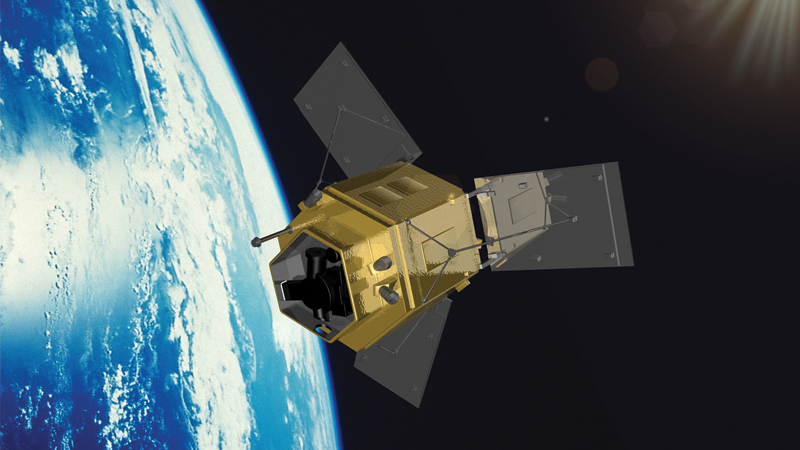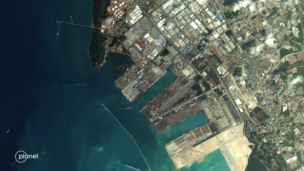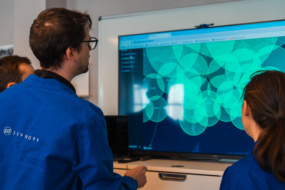The European Space Agency has inked a €160M ($168M) contract with Airbus UK for the agency’s ninth Earth Explorer mission. The FORUM satellite is slated to launch in 2027 and will measure radiation emitting from the Earth into Space.
The science: FORUM (Far-infrared Outgoing Radiation Understanding and Monitoring) will be the first satellite to observe Earth in the far-infrared part of the electromagnetic spectrum. Earth’s outgoing radiation at these wavelengths is strongly affected by water vapor and ice clouds which, in turn, play a pivotal role in the regulation of surface temperatures. Observations made by FORUM will improve our confidence in climate change models that drive policy decisions.
The satellite: Airbus UK will lead the development of the FORUM mission with contributions from Airbus Germany and Airbus France. German space technology company OHB will be responsible for the main instrument through a subcontract worth approximately €90M.
Although a launch contract has not yet been awarded, the baseline vehicle utilized by the team was an Avio-built Vega C rocket in a dual launch configuration. Vega C is expected to make its debut next month carrying the LARES-2 space disco ball.




